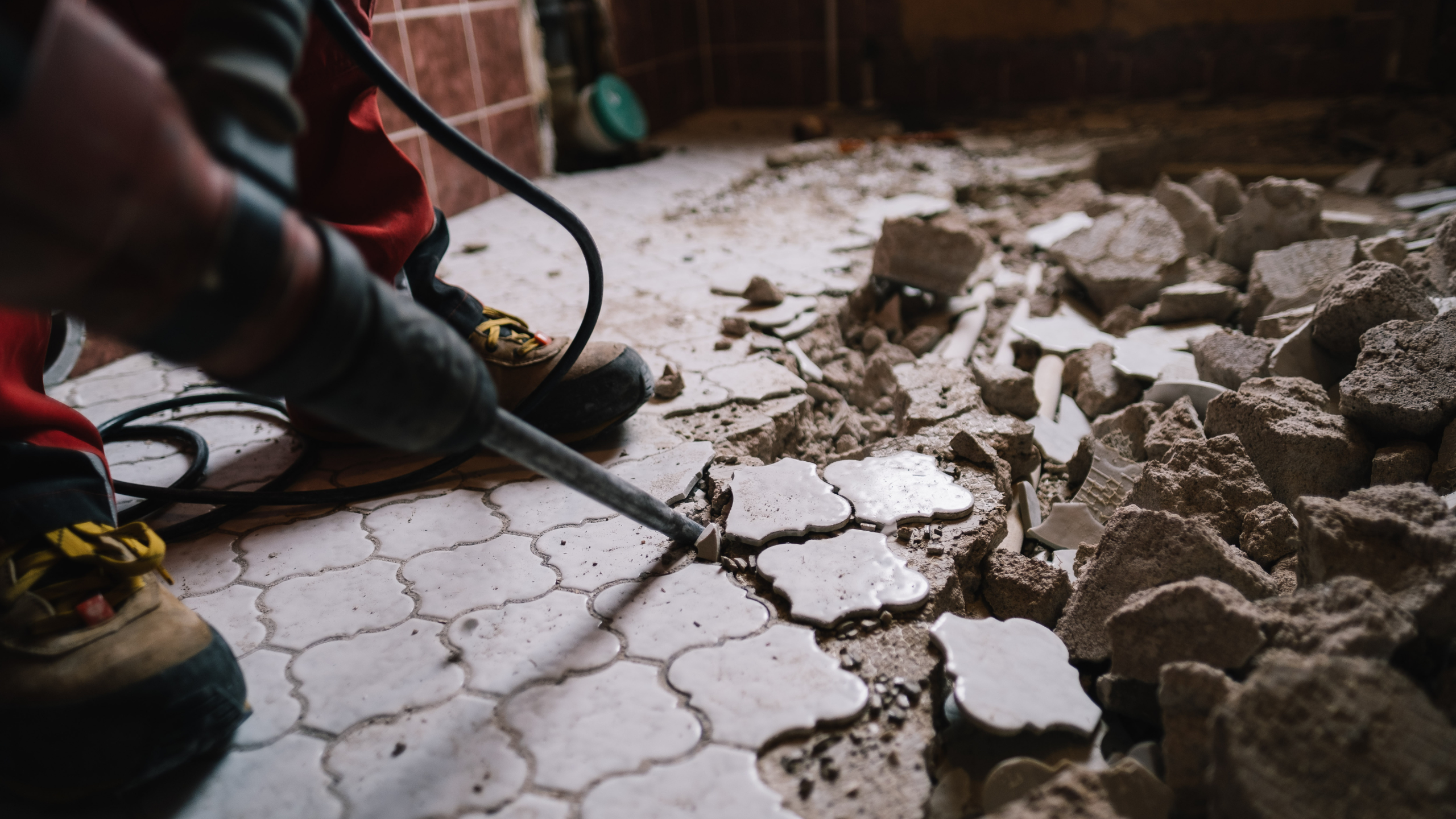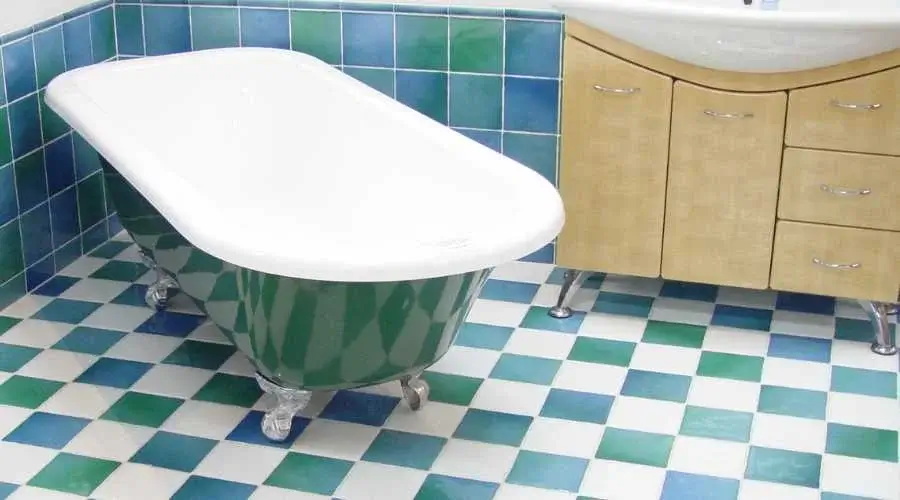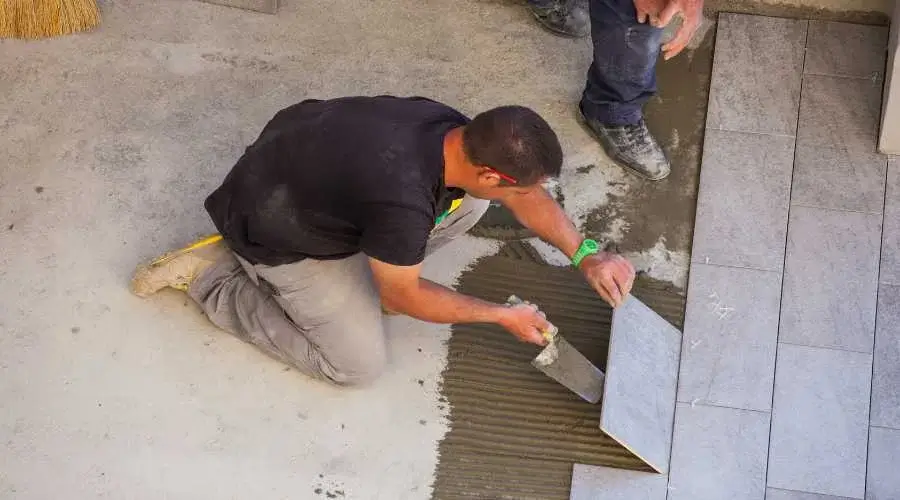Are you exhausted from staring at your tired bathtub, longing for a fresh makeover? You’re not alone. Many folks are turning to bathtub refinishing as a wallet-friendly alternative to full-scale bathroom remodels. But before you jump into refinishing, it’s crucial to grasp the ins and outs of the costs involved. This comprehensive manual will examine the subtleties of bathtub refinishing expenses in 2024, shedding light on the various pricing factors. Whether you’re looking to rejuvenate a vintage porcelain tub or give a modern acrylic fixture a new lease on life, understanding the financial side of bathtub refinishing is key to making informed choices.
Ready to revamp your bathroom or kitchen? Wilmington Bathtub Reglazing is your go-to solution! Backed by over two decades of refinishing experience, our dedicated team ensures swift, cost-effective services. Discover a gleaming bathtub, increased property value, and time-saving refinishing options with us. Dial (302) 600-1635 now and let’s transform your space together!
In 2024, the cost of refinishing your bathtub typically falls between $300 and $600, but This estimate may differ based on a number of important factors:
1. Bathtub Material: The material your bathtub is made of—be it porcelain, fiberglass, acrylic, or cast iron—significantly influences the overall cost. Each material requires specific treatment methods, impacting both labor and materials needed.
2. Size of the Bathtub: The size of your bathtub is a critical factor. Larger tubs generally result in higher expenses due to the increased materials required and the intensity of labor involved.
3. Condition of the Tub: The current state of your tub is essential. Extensive damage or stubborn stains may require additional repairs, increasing the overall refinishing cost.
4. Refinishing Method: Your choice of refinishing method also affects the final price. Traditional techniques may be less expensive than innovative solutions like bathtub inlays, which can lead to variations in cost.
Considering these factors carefully is essential as you plan your bathtub refinishing project in 2024.
Factors Impacting Bathtub Refinishing Costs
1. Material: The composition of your bathtub is a crucial factor in determining refinishing costs. Each material—whether porcelain, fiberglass, acrylic, or cast iron—presents unique characteristics and requires specific refinishing techniques. For example, porcelain tubs, known for their durability and glossy finish, may demand different preparation and coating processes compared to fiberglass models. Therefore, the material of your tub significantly affects refinishing costs, as other materials necessitate varying levels of expertise and resources.
2. Size: The size of your bathtub directly affects the overall refinishing cost. Larger tubs naturally require more materials and labor to complete the refinishing process. Whether you have a compact alcove tub or a luxurious freestanding soaking tub, the dimensions determine the amount of refinishing materials needed and the labor involved. Consequently, larger tubs incur higher costs due to increased material consumption and labor intensity.
3. Condition: The current state of your bathtub is a crucial factor in refinishing costs. Minor imperfections like surface scratches or small stains may require minimal preparation work, such as cleaning and sanding, before applying refinishing materials. However, tubs with extensive damage or deep stains may need additional repairs to achieve a smooth finish, such as filling in chips, fixing cracks, or addressing structural issues. Therefore, the severity of damage directly impacts the overall expense of refinishing, with more significant repairs leading to higher costs.
4. Refinishing Method: The chosen refinishing method also influences costs. Different techniques, ranging from traditional resurfacing to modern solutions like bathtub inlays, involve varying labor and materials, affecting the final price. Each method comes with its requirements and intricacies, contributing to variations in cost.
Refinishing Methods and Their Cost Implications
- Traditional Resurfacing: Traditional resurfacing involves sanding down the bathtub’s existing surface, addressing any damage, and applying new coatings to restore its appearance. Usually falling between $300 and $600, the price depends on factors like tub size, material, and condition.
- Bathtub Inlays: Offering a budget-friendly alternative to traditional resurfacing, bathtub inlays involve installing a durable laminate or acrylic panel over the existing bathtub surface to conceal imperfections. With prices typically ranging from $200 to $400, bathtub inlays are attractive for those seeking cost-effective rejuvenation.
Conclusion:
To effectively plan your budget for bathtub refinishing, It is essential to comprehend the minute nuances of the associated costs. By carefully examining factors such as material, size, condition, and chosen refinishing method, you can clarify the expected expenses of your renovation project. Whether you decide on traditional resurfacing or explore modern solutions like bathtub inlays, options are available to accommodate every budget. With informed decision-making, you can give your bathtub a fresh look without overspending.




